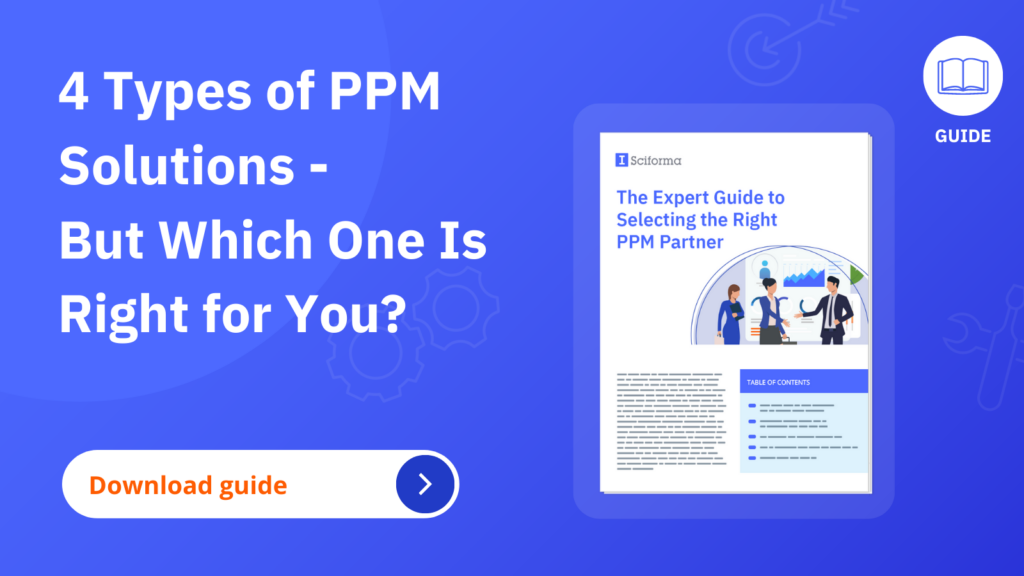- Home
- Blog Center
- 5 Reasons Your Enterprise PPM Software Isn’t Optimized
5 Reasons Your Enterprise PPM Software Isn’t Optimized
With 86% of organizations having one or more PMOs, Project Portfolio Management maturity is steadily increasing across industries. Accordingly, businesses are increasingly turning to professional Enterprise PPM software. These tools are essential to the success of a project-oriented organization… as long as they are properly selected, configured, adopted, and used. Let’s look into 5 of the key reasons your Enterprise PPM Software might be underperforming.
Your Enterprise PPM Tool Isn’t the Right Organizational Fit
The PPM tool currently in place in your organization may have been the wrong pick. Some companies will go with the cheapest tool, which may fall short of their needs and requirements.
Other businesses go overboard and invest in a pricy, sophisticated piece of Enterprise PPM with a wealth of features and options… Until they realize it’s just too much and too complex for them. In both cases, the tool fails to make itself useful.
Your Enterprise PPM Software is Improperly Configured
There is no universal truth in Project Portfolio Management. The best solution for you is the one that best fits your specific expectations. This means that what is working for your company may not work elsewhere, and vice versa.
For this reason, many organizations choose to customize their Enterprise PPM Software to make sure it aligns with their unique needs and processes. But over-customizing is a risky approach. Specifically, it can lead to technical performance issues and glitches, extra costs, delays in implementation, and all kinds of problems with maintenance, support, and upgrades.
Your PPM System Isn’t Accepted by Users
Another reason why your PPM platform may not be optimized is poor user training and support. Along with the implementation of the tool, you should also address user onboarding. Your teams of users need proper training on how to use your Enterprise PPM software to fully utilize its capabilities. Training is undeniably important, but so is incentivizing users and facilitating the adoption journey. For example, consider starting by rolling out a limited set of features for people to get attuned to the tool.
Your Enterprise PPM Software Lacks Integration
Your PPM software should be able to integrate seamlessly with the other systems and tools in place in your business: ERPs, PLMs, HR management tools, etc. Otherwise, if you keep your PPM tool running in a vacuum, without sharing data with other systems, you’ll be forcing workers to update some information manually. Unsurprisingly, this can have adverse consequences on employee experience, productivity, and data accuracy.
Have You Outgrown Your PPM Software?
Most organizations are meant to grow and evolve. But growth has its drawbacks: as your business increases in size, complexity, and maturity, you might end up outgrowing your PPM software and realize you no longer have the scale of functional coverage you need. When choosing a PPM solution, you should not only consider where you stand today but also where you want to be in the future.
When properly selected, deployed, and adopted, Enterprise PPM software can be very powerful for an organization. Unfortunately, many businesses invest significant time and money in a tool that doesn’t meet their requirements or that their team doesn’t want to use.
Discover our best practices for vendor selection in our guide.






